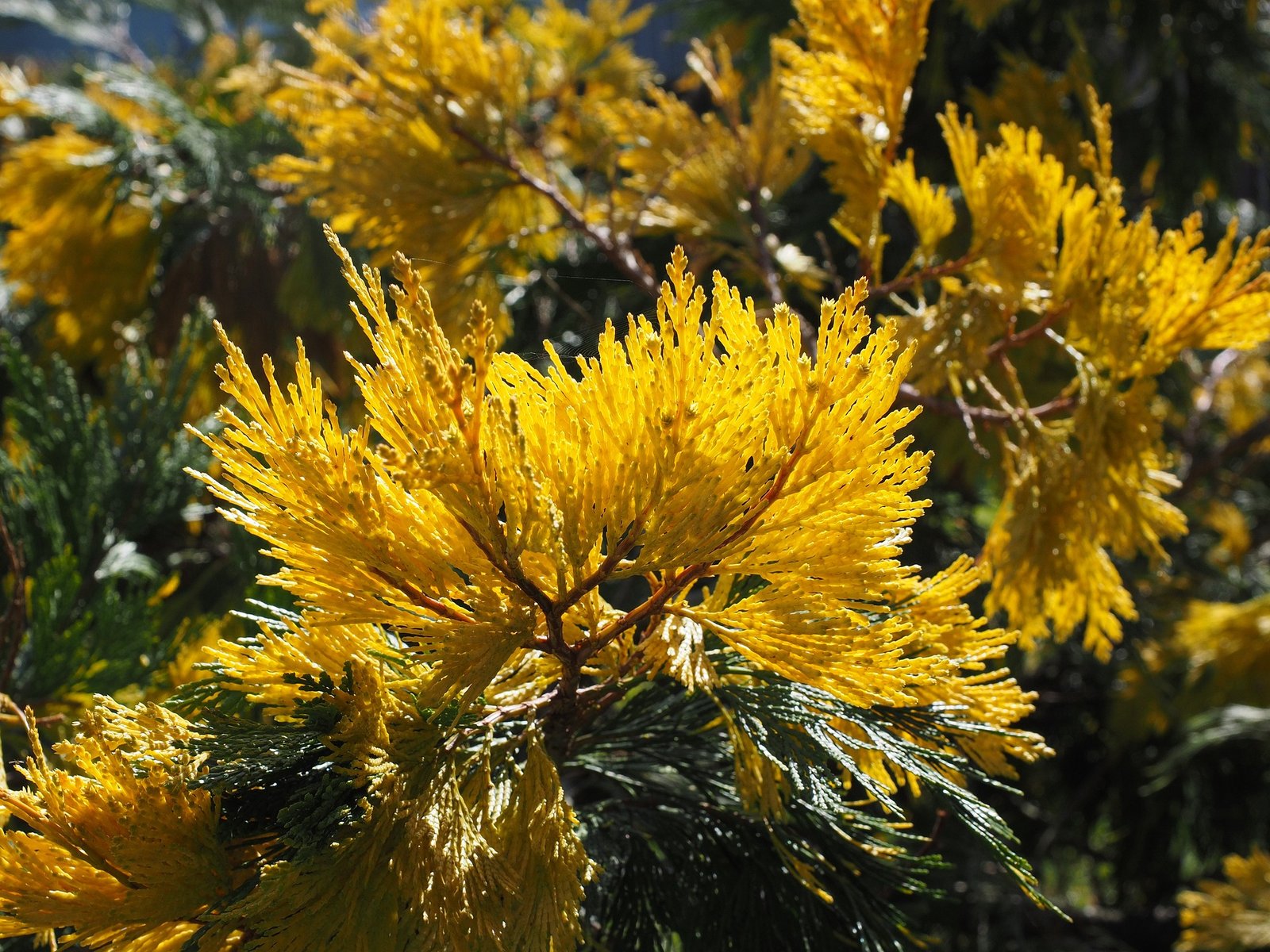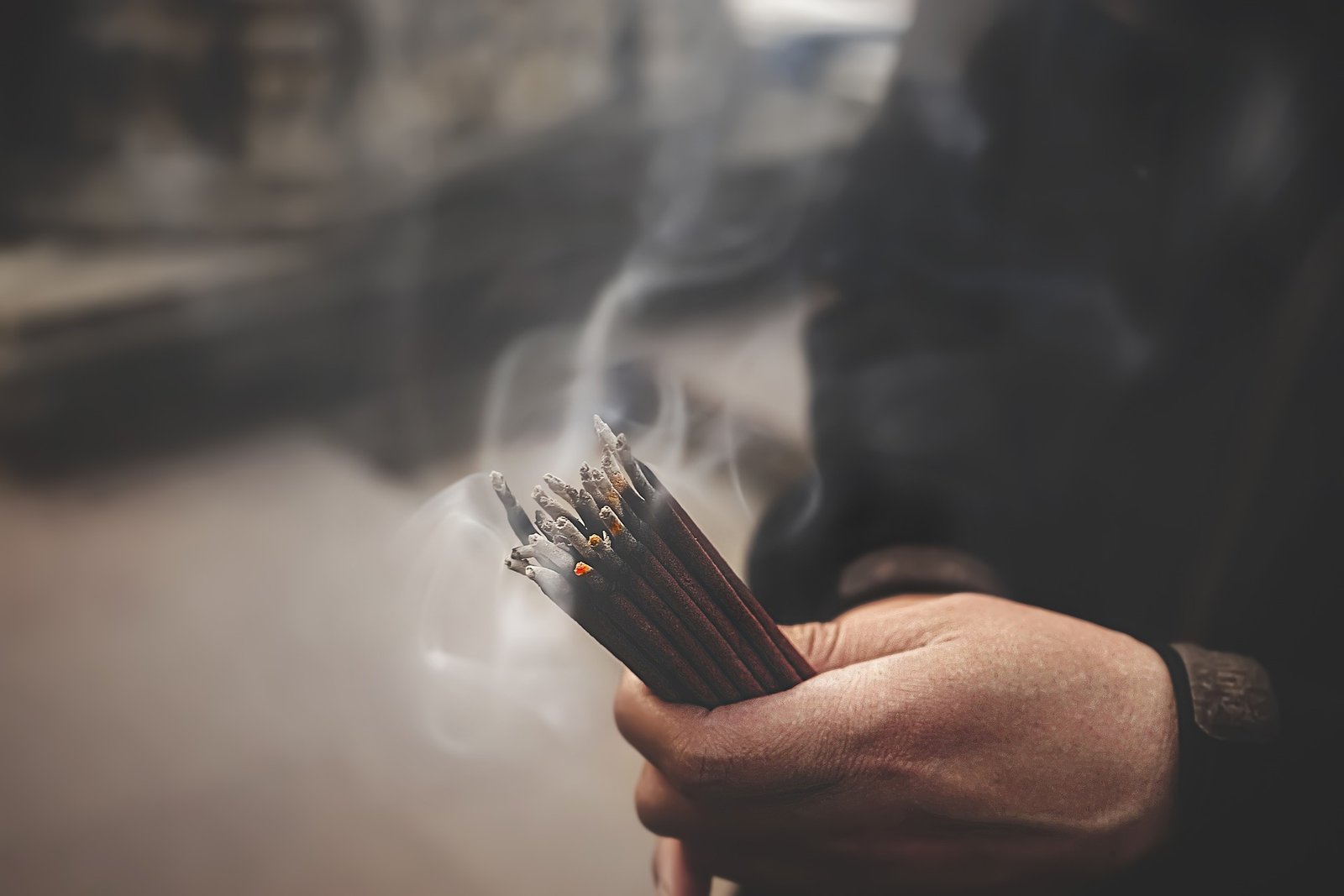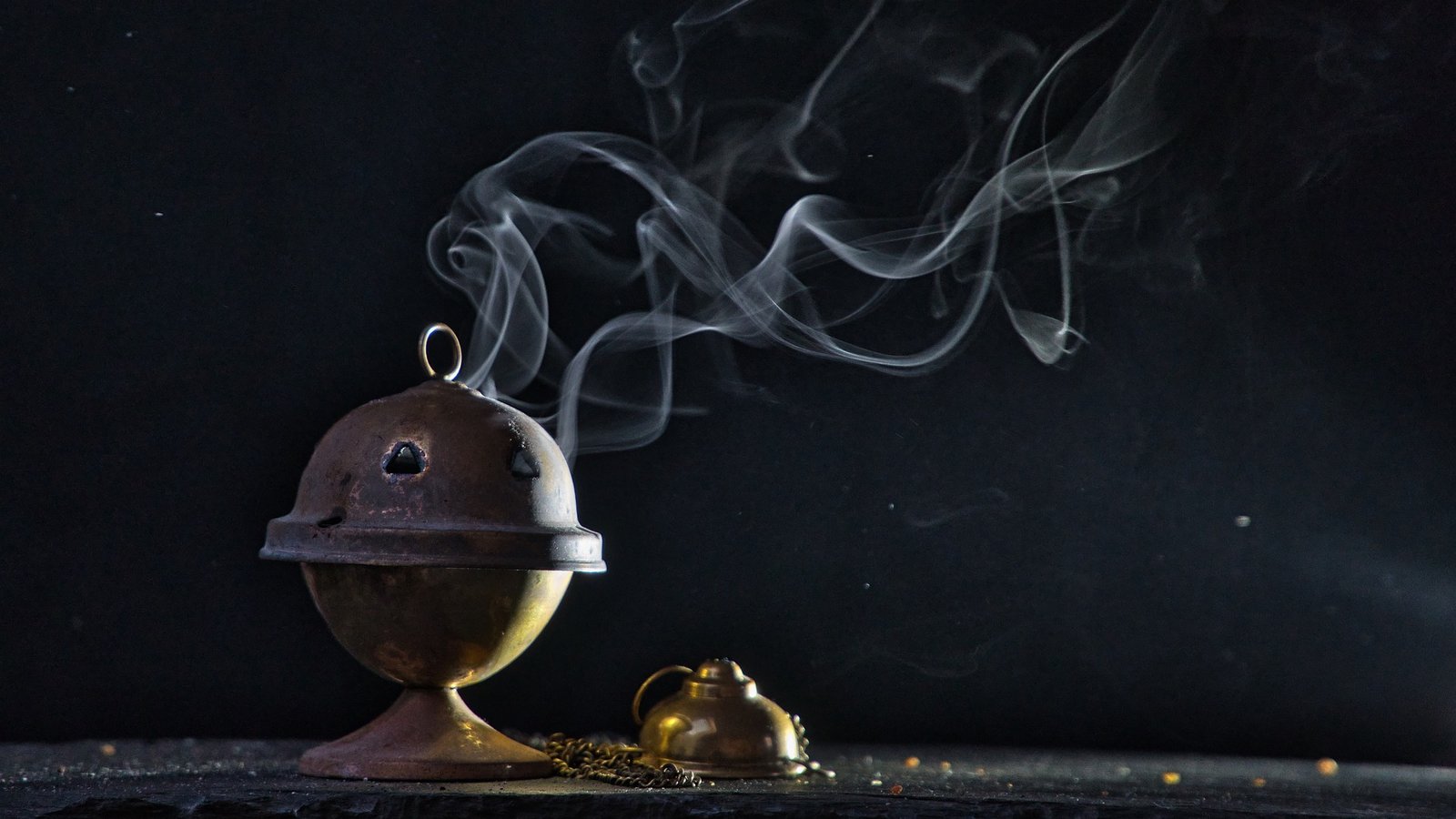Introduction
Dive into the world of cedarwood incense with us! Uncover the extensive Cedarwood incense benefits that go beyond its delightful aroma. This guide actively walks you through its rich history and versatile applications. Experience stress relief and enhanced meditation. Explore its significant role in aromatherapy and spiritual practices. The Cedarwood incense benefits stretch to potentially boost both your mental and physical well-being. Whether you’re a beginner or looking to deepen your incense knowledge, this guide stands as your comprehensive companion. Embark on this enlightening journey now. Let the Cedarwood incense benefits unfold, enriching various aspects of your life with each use. Your exploration into the multifaceted world of cedarwood incense begins now. Welcome to a journey of aroma, wellness, and historical depth.
Table of Contents
What is Cedarwood Incense?
In the world of incense, few are as respected and steeped in tradition as cedarwood. This is owing to its resolutely distinctive scent coupled with its manifold uses, making it timeless for far-flung cultures and religious/spiritual persuasions. But what is this: who needs cedarwood incense, what raw materials go into making it, and how has it been used throughout history in different parts of the world? In this section, we answer these questions and many more, cultivating in you a profound understanding of this aromatic treasure.
The Basics
Let’s start by dissecting what cedarwood incense really is. At its core, it’s a type of incense made from the wood of cedar trees, which belong to the genera Cedrus or Thuja. This wood is highly aromatic and has been used for thousands of years for multiple purposes, ranging from construction to fragrance.
To create incense, the wood is usually first turned into a powder or a paste. This is then either rolled onto a bamboo stick to create incense sticks or shaped into cones to produce incense cones. Resins extracted from the cedar tree can also be used in the incense-making process, enriching the scent and adding to its aromatic potency.
The quality of cedarwood incense can vary based on a variety of factors, including the age of the cedar trees, the method of extraction, and the geographic location where the trees are grown. As with any product, understanding the basics of incense making can offer you valuable insights into what to look for when purchasing cedarwood incense.
Historical Context
Incense plays an important part in the history of mankind, crossing cultural, geographic, and religious boundaries. It would also be unfair if cedarwood were to be exempted from its contributions. This resinous wood has been used for embalming in ancient Egyptian practices and hugely in traditional Tibetan medicines. Native American tribes have also utilized the use of cedarwood in spiritual and purification rites. Its usage can be traced back into religious writings, such as the Bible, where it was used in building and purification. Japanese culture has used incense from cedarwood to ward off evil spirits and bless new buildings.

Benefits of Using Cedarwood Incense
Now that we’ve ventured into the what and the why of cedarwood incense, let’s move on to arguably the most compelling segment of this guide—the multitude of benefits it offers. Cedarwood incense is not just a fragrant stick to light during moments of peace; it’s a powerful tool with potential benefits that span the spectrum from emotional well-being to physical health. In this section, we’ll delve into the science and tradition behind these benefits, offering insights supported by studies, expert opinions, and historical practices.
Relaxation and Stress Relief
Perhaps the most talked-about benefit regarding cedarwood incense is the tranquility and calm it brings to a person. But what happens chemically? Among many active compounds, the incense contains cedrol, which has been proven effective as a nervous system sedative. Lighting a stick or cone of incense made from cedarwood lowers one’s level of cortisol, a stress hormone, and thus produces an atmosphere in which a person can relax. Quite significantly, cedarwood incense works as an excellent choice for people interested in using aromatherapy to gain relief from stress because it contains a subtle yet powerful aroma that can change your mood—from highly stressed or anxious to balanced and tranquil.
Aromatherapy Uses
Speaking of aromatherapy, among all the other mainstays of essential oils and other forms of aroma-based therapies, cedarwood incense does have its place. This is due to the fact that essential oils generally require a diffuser and are often much stronger in regards to their overall concentration. Incense, on the other hand, stretches out its fragrance over time to create a long-lasting, lingering atmosphere. As far as focus goes, cedar can lend this type of concentration in a far more balancing manner, and it is for this reason that it remains highly popular with those who practice aromatherapy. In this context, cedarwood incense is generally mixed with other aromas, such as lavender or sandalwood, to increase its properties of mood enhancement. If used consciously, it can be one of the strongest tools for keeping mental health and emotional balance.
Spiritual and Religious Practices
The significance of cedarwood incense extends beyond the realms of relaxation and mood enhancement—it has a deep-rooted connection to various spiritual and religious practices. Used historically in meditation, prayer rituals, and even purification ceremonies, the scent of cedarwood is often associated with spiritual upliftment and clarity.
If you are someone who meditates or engages in spiritual practices, incorporating cedarwood incense can add a new dimension to your routines. The aroma complements the meditative process, creating a conducive environment for deep thought, reflection, and spiritual connectivity.
Potential Health Benefits
While the body of scientific research on incense and its health benefits is still evolving, some studies have suggested that cedarwood may offer anti-inflammatory, antifungal, and antioxidant properties. It’s crucial to note, however, that these studies are not conclusive and further research is needed to substantiate these claims.

How to Use Cedarwood Incense
Having explored the rich history and broad spectrum of benefits that cedarwood incense offers, you’re probably keen on introducing it into your daily life. However, it’s crucial to understand the best practices for using cedarwood incense to maximize its potential benefits safely and effectively. In this section, we’ll guide you through the various ways to use cedarwood incense, offering practical tips on everything from choosing the right type to storage and safety precautions.
Choosing the Right Type
As mentioned earlier, not all cedarwood incense is created equal. There are various forms it can take, from sticks and cones to resins and powders. Your choice will largely depend on your personal preferences and how you intend to use the incense.
- Sticks: These are the most commonly available and are perfect for a hassle-free experience. They are suitable for both indoor and outdoor use.
- Cones: These are more compact and tend to produce more smoke, which could be desirable for outdoor rituals or ceremonies.
- Resins: These are the purest form but require a charcoal disk for burning. They offer a more intense aroma.
- Powders: Ideal for custom blends; you can mix cedarwood powder with other aromatic substances to create a personalized experience.
Lighting and Placement
Correct lighting and placement are vital to ensure you get the most out of your cedarwood incense. Always use a proper holder or burner, ensuring it’s stable and heat-resistant. When lighting the incense, allow the tip to catch fire briefly before gently blowing it out. This will ensure a consistent burn and steady release of aroma.
- Indoor Placement: Choose an area away from flammable materials. Make sure the room is well-ventilated but free from drafts that could disperse the aroma too quickly.
- Outdoor Placement: Opt for a sheltered spot that protects the incense from wind but allows the smoke to disperse naturally.
Duration and Frequency
The burn time can differ based on the type of cedarwood incense you’re using. On average:
- Sticks: Burn for approximately 30-45 minutes
- Cones: Burn for around 20-30 minutes
- Resins: Vary widely depending on the size of the piece
Frequency of use is largely subjective and can be based on your specific needs, whether it be for relaxation, religious purposes, or aromatherapy sessions.
Safety Precautions
Safety should never be compromised when using incense. Always keep it away from children and pets. Never leave burning incense unattended and make sure to extinguish it completely after use. If you are pregnant, consult with a healthcare provider before using incense for aromatherapy purposes.

Types of Cedarwood Incense
By this time, you are now well aware of the history, benefits, and how to use the cedarwood incense. However, before that very important purchase, it is essential to familiarize yourself with the many types of cedarwood incense available in the market. Variations in sources, preparation methods, and even additional ingredients can quite significantly affect quality, aroma, and benefits derived from incense. This section helps you gain knowledge with which you will make a proper decision, while ensuring you make a selection that best suits your needs.
Variations Based on Geographic Origin
Cedarwood incense can come from different types of cedar trees, often native to specific geographic locations. These variations can subtly or significantly alter the fragrance and efficacy of the incense.
- Himalayan Cedarwood: Known for its rich, woody aroma with a slight camphoraceous note. It’s commonly used in spiritual rituals.
- Texas Cedarwood: Offers a more rugged, earthy aroma and is usually less expensive.
- Atlas Cedarwood: Originating from the Atlas Mountains, it has a sweet, balsamic aroma, making it popular in aromatherapy.
Sticks vs. Cones vs. Resins vs. Powders
We touched upon this briefly in the previous section, but it’s worth revisiting in greater depth.
- Sticks: Ideal for a controlled, long-lasting release of aroma. Suitable for various settings and the most common type.
- Cones: Faster burn time, more smoke, and often a more potent aroma. Best for open spaces or short-duration usage.
- Resins: The purest form of cedarwood incense, usually requiring charcoal for burning. Offers the most intense aroma.
- Powders: Highly versatile, allowing for custom blends. Requires a burner capable of handling loose incense.
Blends and Combinations
Cedarwood is often blended with other aromatic substances to create unique fragrances and amplify specific benefits.
- Cedarwood and Lavender: A popular blend for stress relief and relaxation.
- Cedarwood and Sandalwood: Often used in meditation for its grounding properties.
- Cedarwood and Sage: A cleansing blend, commonly used in purification rituals.

Storing and Caring for Your Cedarwood Incense
So, you have braved the labyrinthine world of cedarwood incense types, brands, and benefits, and finally you’re the proud owner of an aromatic treasure like that. Congratulations! Yet, that is not quite where it all stops. Proper storage and care are vital in maintaining its quality and efficacy. Whether you are a casual user or an aficionado, knowing how to preserve your incense can extend the life of it and ensure a consistent aromatic experience. Here, we will reveal some of the most important practices in storing and caring for your cedarwood incense.
Why Proper Storage Matters
Inappropriate storage conditions can quickly degrade the quality of your incense, leading to a loss of fragrance potency and even rendering it unusable. Humidity, direct sunlight, and extreme temperatures can all negatively impact your incense, and proper storage is key to preventing this.
Ideal Storage Conditions
Maintaining optimal storage conditions is pivotal for preserving the quality of your cedarwood incense. Here’s what you need to consider:
- Temperature: Store in a cool, dry place, away from direct heat sources.
- Humidity: Keep away from moisture to avoid mold and fragrance degradation.
- Light: Store in a dark place or in opaque containers to protect from light, which can break down aromatic compounds.
Storage Containers and Materials
The type of container you use can also significantly influence how well your cedarwood incense is preserved.
- Wooden Boxes: A popular traditional choice, but ensure it’s non-aromatic wood so as not to mix fragrances.
- Glass Jars: Ideal for sealing out moisture and light but should be stored in a dark place.
- Metal Tins: Useful for long-term storage but ensure they are fully airtight.
Long-term vs. Short-term Storage
Your storage practices may vary depending on whether you’re planning to use the incense soon or store it for an extended period.
- Short-term: A simple airtight container placed in a cupboard should suffice.
- Long-term: Consider vacuum sealing and placing the incense in a dark, cool environment.
Signs of Poorly Stored Incense
Knowing the signs of degradation can help you act promptly and possibly salvage your incense before it’s too late.
- Color Changes: A sign that the aromatic oils may have degraded.
- Mold Formation: Indicates moisture contamination.
- Weakened Aroma: Suggests that the incense has lost its potency.
Conclusion
Navigating the intricate nuances of cedarwood incense has been both an educational and enlightening experience. From its historical prominence in ancient civilizations to its modern-day applications in aromatherapy and stress relief, cedarwood incense emerges as a multifaceted tool for enhancing well-being. The richness of its aroma and its diverse uses make it a uniquely versatile choice for those looking to add a new dimension to their spiritual, emotional, and even physical health. Armed with the knowledge you’ve gained from this comprehensive guide, you’re well-positioned to make informed decisions about incorporating cedarwood incense into your daily life. Whether you’re seeking relaxation, a deeper spiritual connection, or potential health benefits, cedarwood incense offers a time-tested avenue for exploration.





